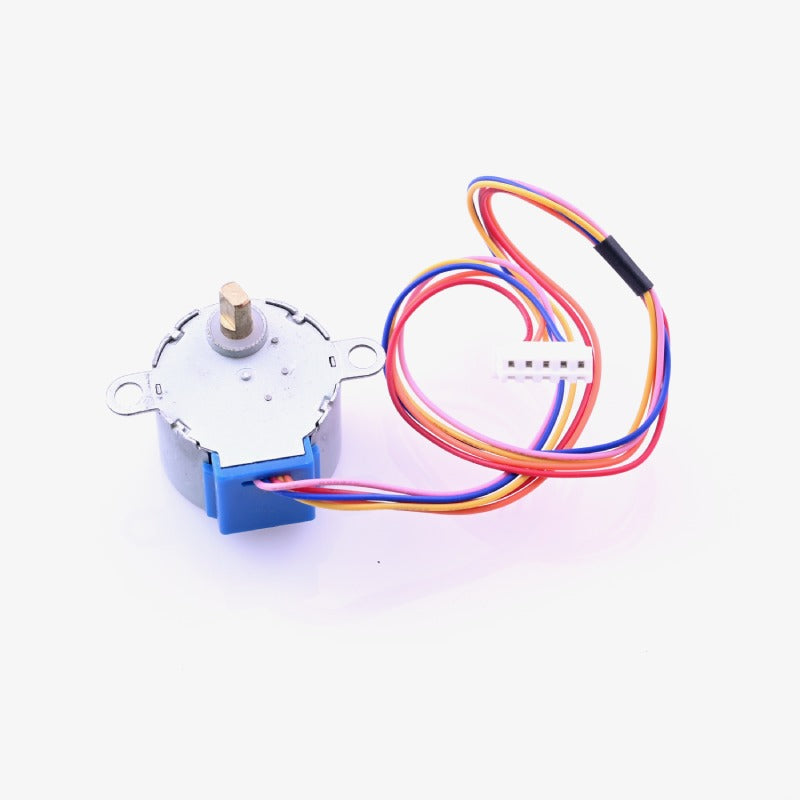Stepper Motors Types, Uses, and Working Principles
Introduction:
Stepper motors are a category of electric motors widely used in various applications due to their precise control of movement. They operate by converting digital pulses into mechanical rotation, making them crucial in applications that require accurate positioning and control.

Types of Stepper Motors:
Permanent Magnet (PM) Stepper Motors:
- Utilizes a permanent magnet rotor.
- Simple design and cost-effective.
- Commonly used in low-cost applications and environments where precise control is not critical.
Variable Reluctance (VR) Stepper Motors:
- Employs a rotor with teeth and a stator with windings.
- Rely on the principle of aligning the rotor teeth with the stator poles.
- Suitable for applications requiring moderate precision.
Hybrid Stepper Motors:
- Combines features of both PM and VR stepper motors.
- Employs a permanent magnet rotor with teeth and a stator with both windings and teeth.
- Offers a balance between cost, precision, and performance.
- Widely used in applications like 3D printers and CNC machines.
Uses of Stepper Motors:
Robotics:
- Stepper motors are integral in robotic systems for precise control of joint movements.
- Used in robotic arms, legs, and other components requiring accurate positioning.
CNC Machines:
- Play a vital role in CNC machines for controlling the movement of the cutting tool.
- Enables precise and controlled machining processes.
3D Printers:
- Stepper motors drive the movement of print heads and build platforms in 3D printers.
- Facilitates layer-by-layer printing with high precision.
Medical Devices:
- Utilized in medical equipment such as infusion pumps, where accurate dosing is crucial.
- Stepper motors ensure precise movement and control in various medical devices.
Working Principles:
Step-by-Step Movement:
- Stepper motors move in discrete steps, responding to digital pulses.
- Each step corresponds to a specific angle, providing precise control over rotation.
Magnetic Field Control:
- The stator's magnetic field interacts with the rotor's magnetic field to create movement.
- This interaction is controlled by the sequence of digital pulses applied to the motor.
Open-Loop Control:
- Stepper motors operate in an open-loop control system.
- The control system assumes that the motor moves as commanded, making them simpler and cost-effective for many applications.
Comments
Post a Comment